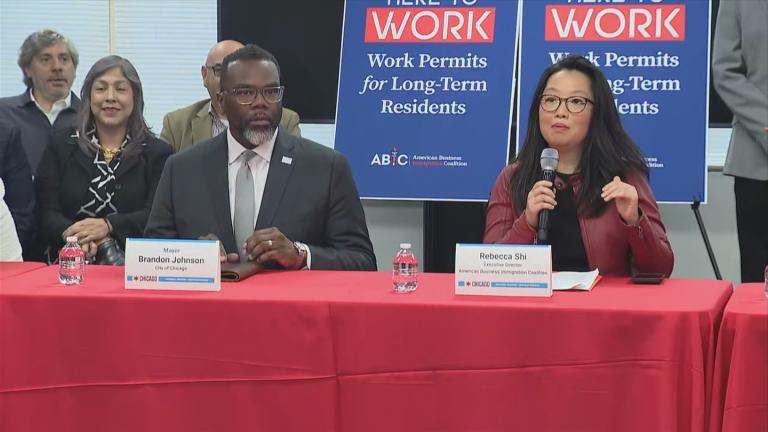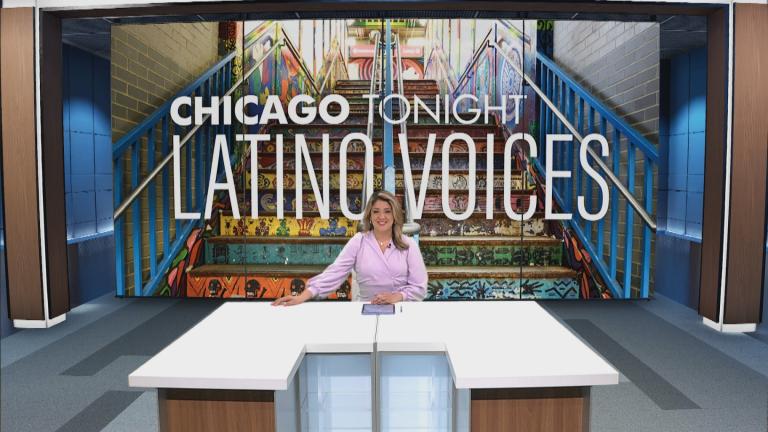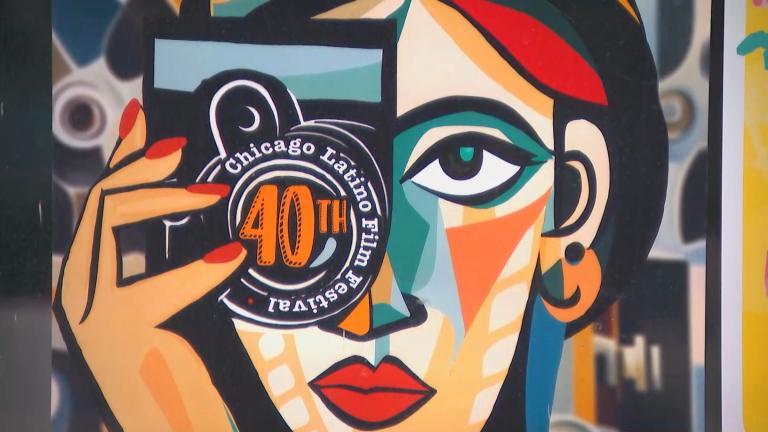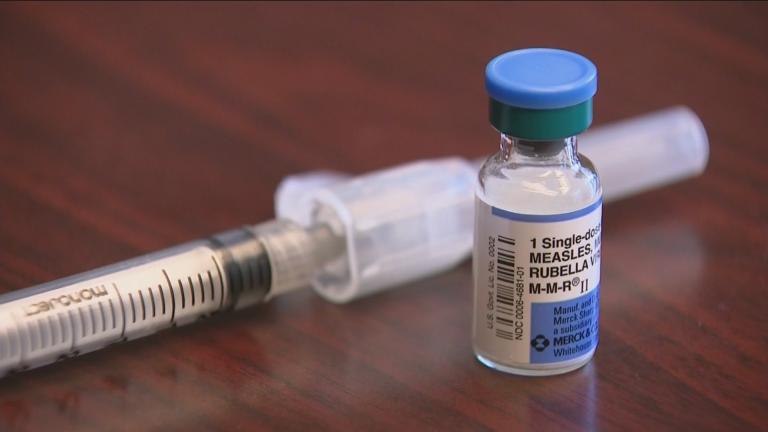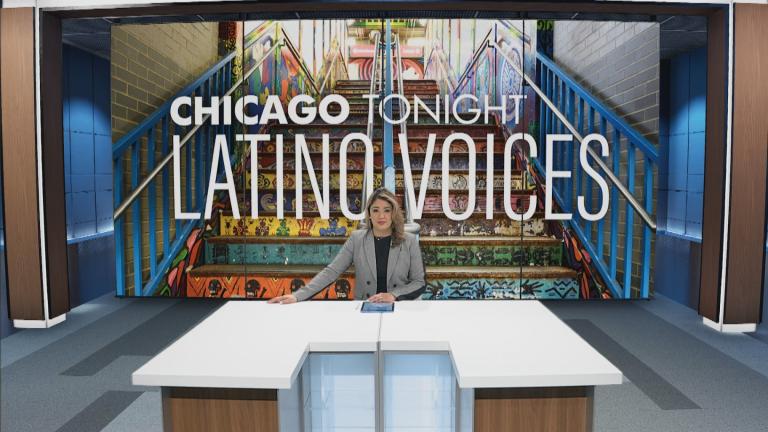Chicago has begun to rouse from its coronavirus-induced slumber. Businesses are beginning to welcome back staff and customers, Chicago Public Schools is preparing for the return of some students and vaccines are making their way into the arms of Chicagoans.
Ambar Colón, assistant editor of La Voz Chicago, says that restaurant owners are excited to be back in business.
“Dining in is a completely different experience and also means more money for owners of restaurants who have previously been spending thousands of dollars on takeout menu items, especially Latino restaurants that don’t really prepare meals for takeout, like Casa Yari in Logan Square,” Colón said.
But not everyone is eager to return to indoor dining, she said.
“We actually asked readers on the La Voz Chicago Facebook page a week ago if they were considering going back out to eat again, and the response was an overwhelming no,” says Colón. “Among reasons cited were that they’d simply continue ordering takeout, just finished quarantining after testing positive, or that the best way to avoid contracting COVID is to simply stay home.”
Injustice Watch reporter Carlos Ballesteros says that for Latino workers whose jobs do not allow them to work from home, the reopening doesn’t present much of a change.
“I think something we need to address is that a large segment of the Latino population in Chicago never stopped working outside their homes. That’s partly why case rates among Latinos and in predominantly Latino neighborhoods remain very high,” Ballesteros said. “Obviously, everyone is eager to return to normal, but we should remember that for many Latinos, ‘normal’ never ended, it only got more dangerous.”
Though the Latinos Ballesteros cites continue to be disproportionately affected by COVID-19, he points out they’re not getting the same access to vaccines as wealthier communities.
“That map of Chicago that shows who’s getting vaccinated looks like every other map of Chicago in terms of the inequities embedded into our city and how we live,” he said. “We haven’t done a good enough job of making sure that communities that are disproportionately getting infected and dying from this disease are then receiving the vaccine.”
Colon agrees. “It reminds me of the beginning of the pandemic, when testing was available to those who could pay for it, not necessarily those who needed it,” she said.
A facet of reopening that’s continuing to unfold is the return of Chicago Public Schools students to in-person learning. Freelance education reporter Kelly Garcia has been speaking about that move with CPS parents.
“The needs of families across the city vary greatly right now, especially because the pandemic did not impact everyone equally. There are parents who have been asking for months about child care services, especially for parents who are essential workers, services for kids with disabilities both in the remote/in-person setting,” Garcia said. “There are still some families that don’t have internet access. Generally speaking, parents want a seat at the table. They don’t feel heard or supported by the district.”
Garcia says that regardless of whether there is a teachers strike or not, there will be lasting fallout from a year of unevenly administered, under-resourced education.
“A lot of students are being left behind — especially the students who, as a majority, have opted to continue remote learning. There’s still a lot of issues around remote learning and it’s unclear if there are going to be any investments to improve it,” said Garcia. “Additionally, I would say that special education students are being left behind in both remote and in-person settings. Concerns over how (special education) students are receiving the services are going to increase especially now that teachers will be expected to teach simultaneously. I do, however, want to add that even students who might be struggling the most right now are doing the best that they can. There’s obviously a lot of chaos and confusion right now but hearing from students yesterday and parents of those students, there’s also a need to honor and elevate student voices.”

